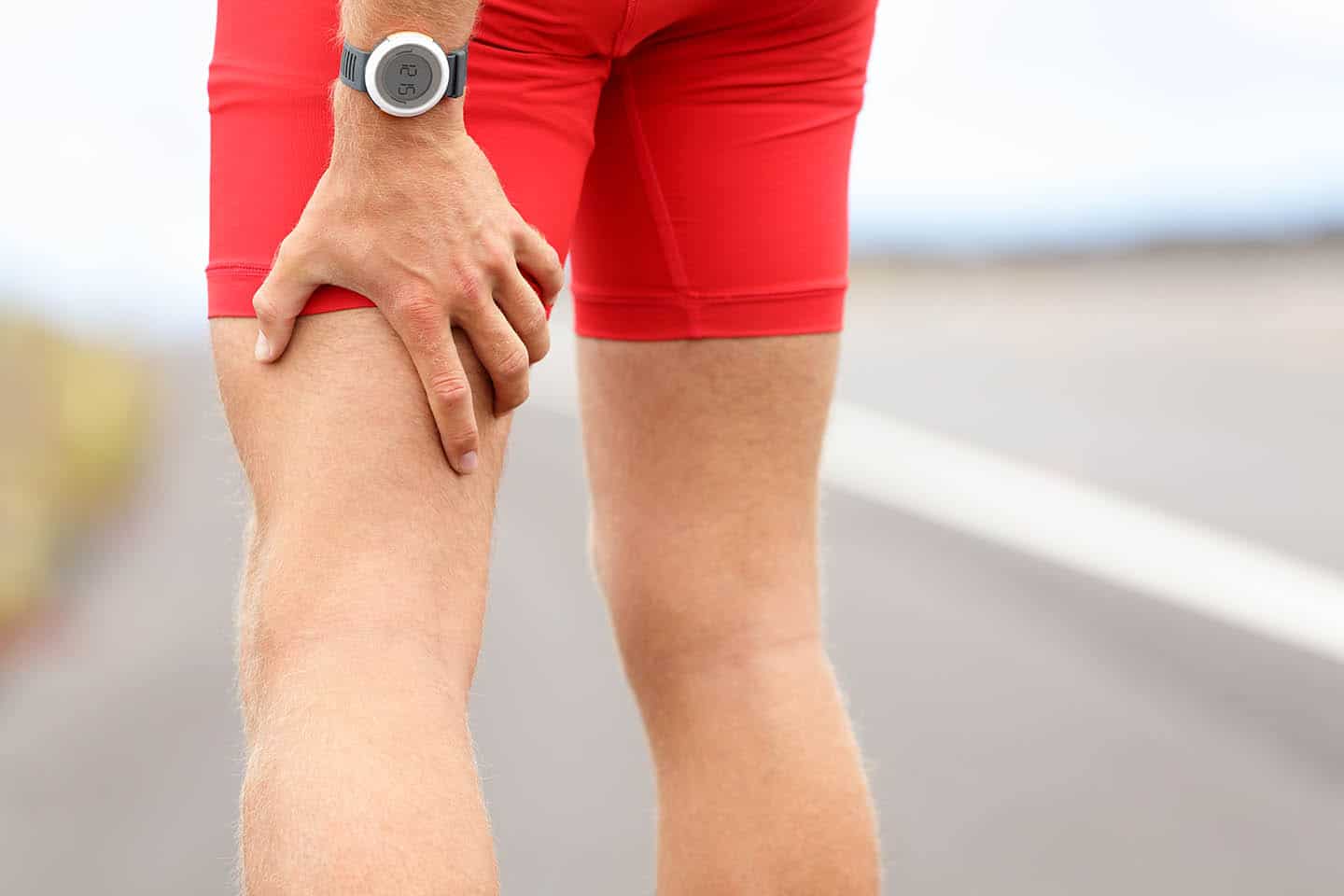A hamstring is a group of 3 muscles that run between the hip and the knee. The muscles work together for hip extension and flexing the knee. Hamstring tightness is a common problem, especially in sports that involve sprinting, but also from normal activities such as walking and dancing. It’s characterized by sudden pain at the back of thigh, swelling, tenderness and bruising. Most people may stretch out thinking it will resolve the issue. However, this may strain the muscles further.
It’s important to know the causes of hamstring tightness to avoid getting one or know how to treat it. Here are four leading causes of a hamstring injury.
Anterior Pelvic Tilt
Hamstring attach to the posterior of the pelvic bone. When one experiences anterior pelvic tilt, the hamstring is forced to work extra hard to counter the forces. Anterior pelvic is common in women and can occur due to one’s posture.
Muscle Tension
Muscle tension is a significant cause of hamstring tightening. It can be as a result of overuse or overtraining of the hamstring. When the muscles are pushed beyond their limits, strains may occur. This is most common for people who engage in strenuous sports activities or intense workouts. Athletes should take proper warm-ups and train appropriately to reduce such impact.
Sitting For a Long Time
Individuals who spend most parts of their day sitting are likely to experience hamstring tightness. This is because the hamstring gets in contracted position while in a normal sitting position. If you stay for long in this position, the muscles may shorten. It’s important to walk regularly and stretch especially if your work involves a lot of sitting. You should also keep the glutes active and strengthen your core since it may lead to overactive hamstrings.
Neural Tension
Hamstring tightness does not always come from the muscles. Sometimes nerves – especially the sciatic nerve – may get trapped along the leg. This may impair its functioning which may affect the hamstrings. Spinal disk herniation may also lead to hamstring tightness. The hamstring and other muscles will work more in a bid to protect the spine.
If you suffer from a hamstring stretch, it’s important to establish the cause and take appropriate action to avoid further damage. There are also various exercises you can incorporate in your workout routine to improve hamstring flexibility and prevent further injury.
